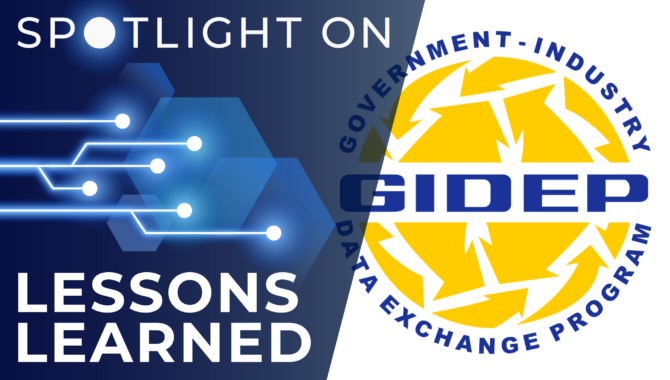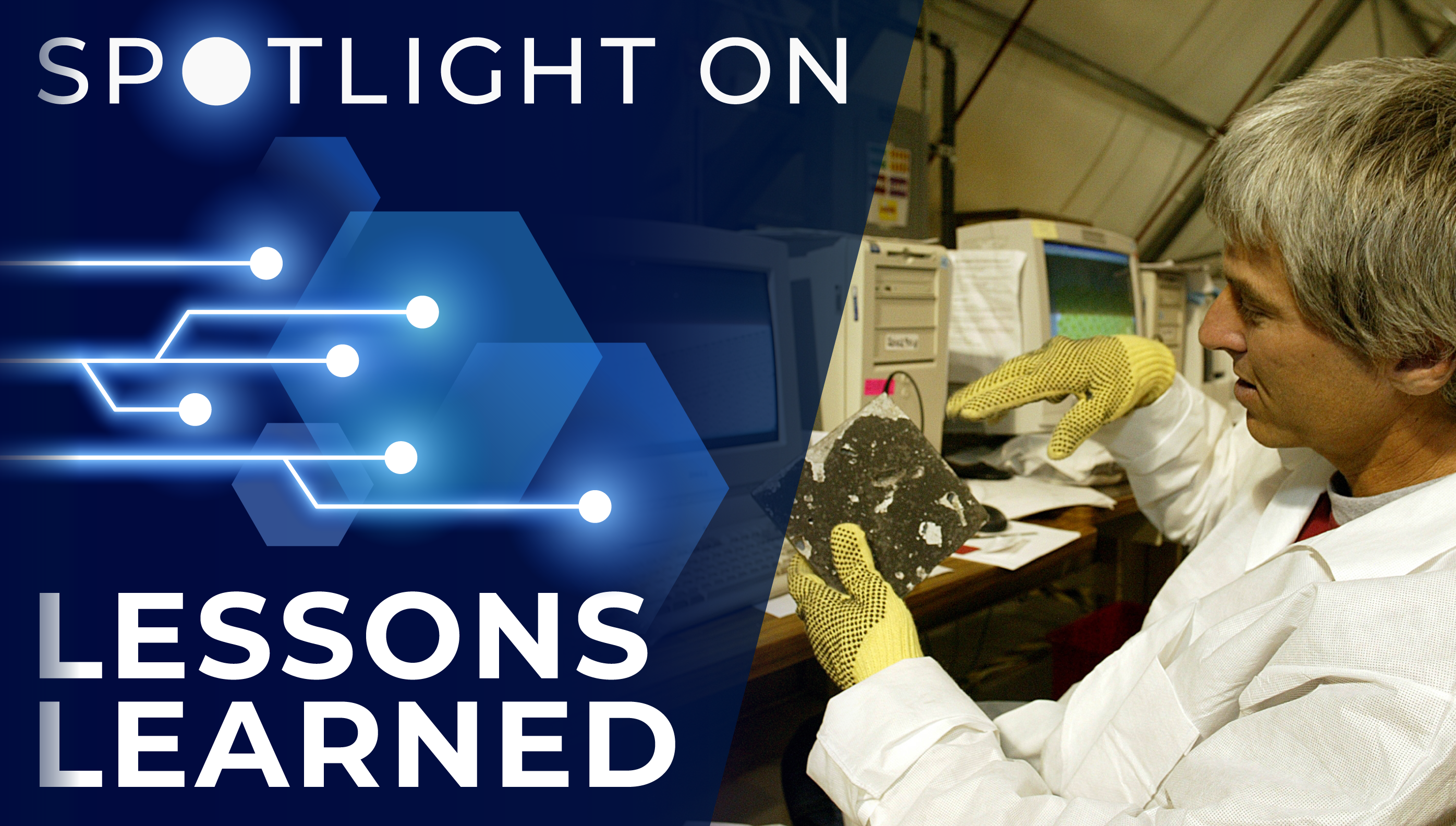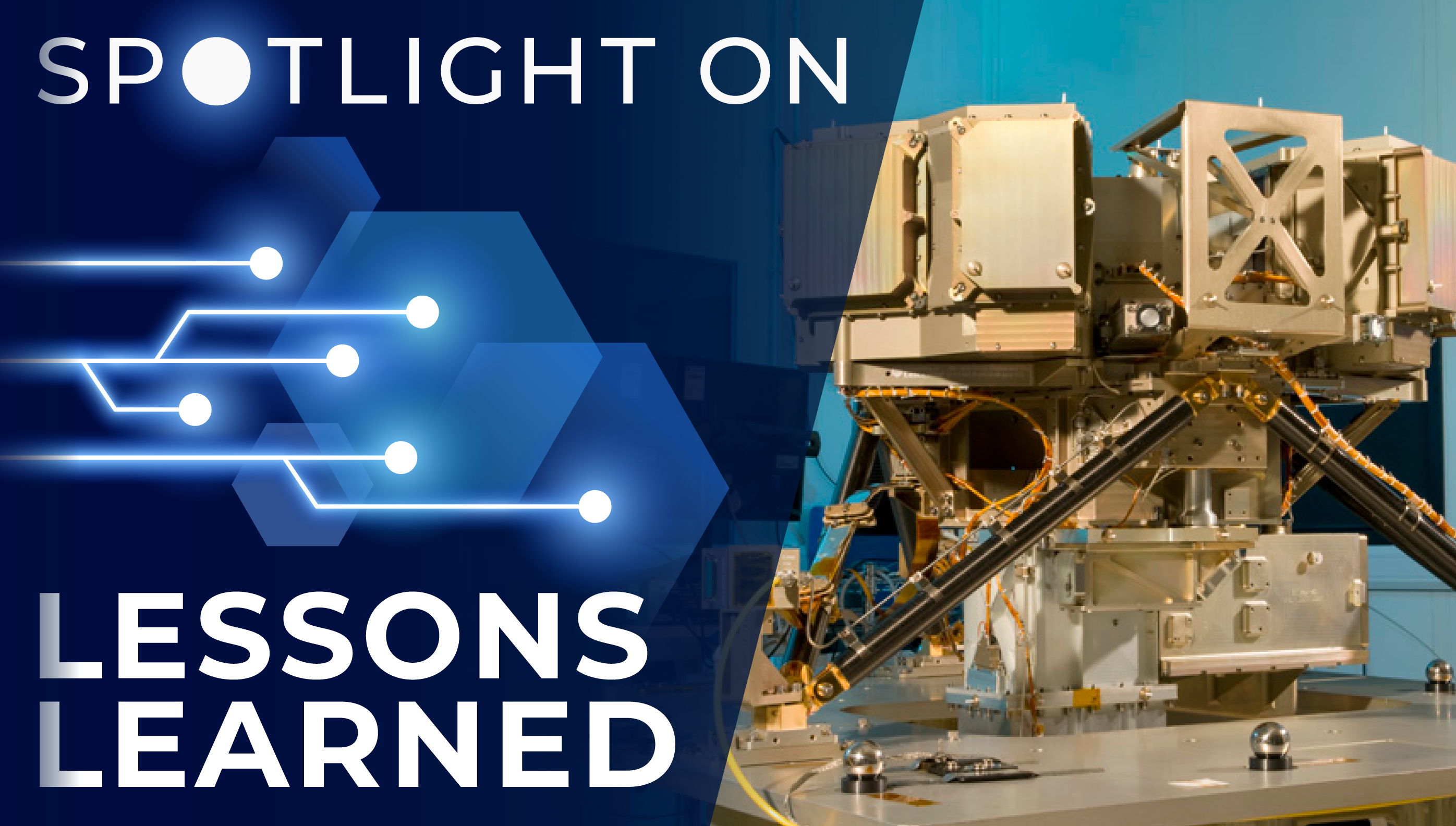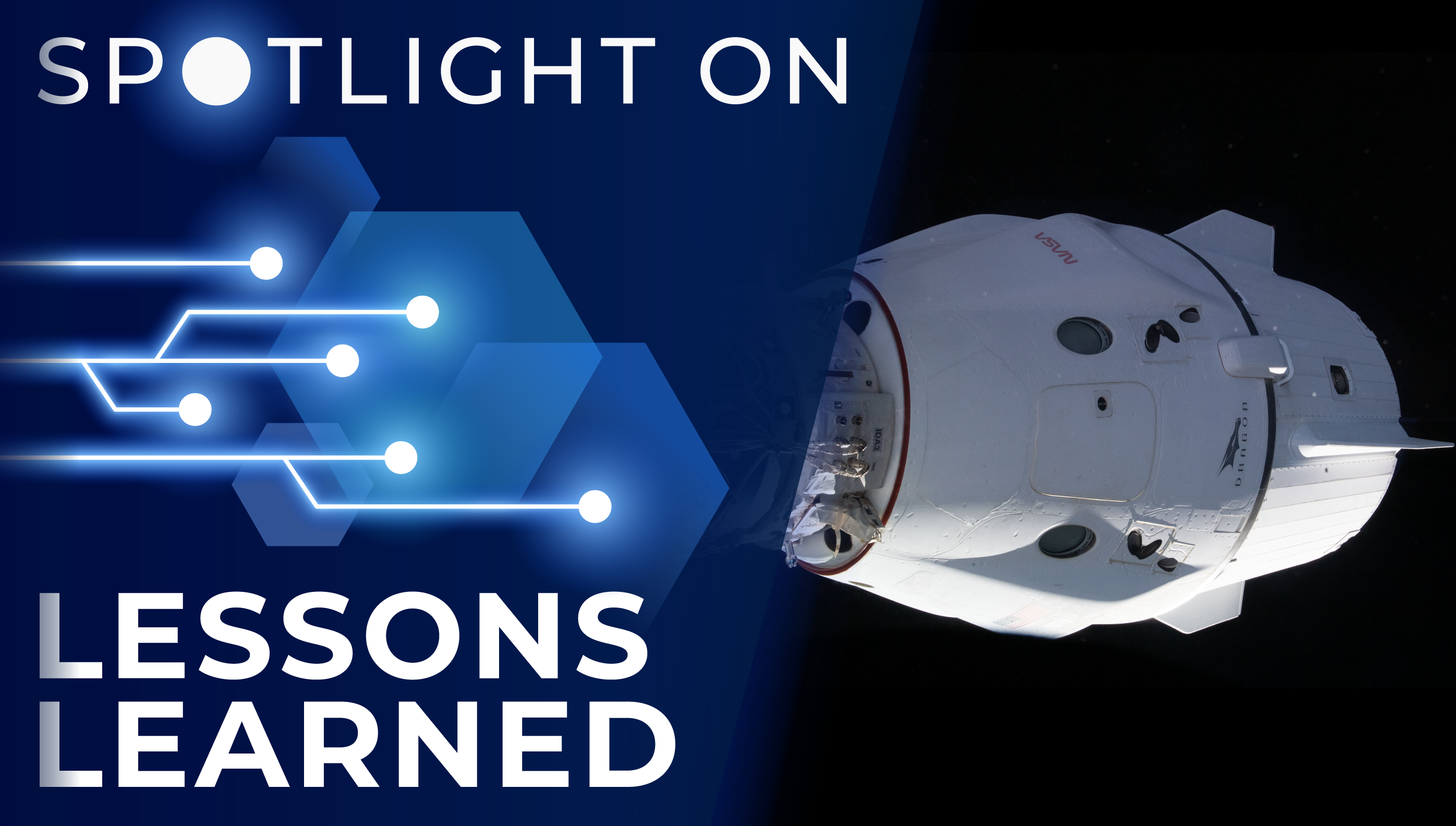
Increased awareness and improved processes helped to quickly eliminate a massive backlog of NANADARTS documents.
NASA Advisories, Notices and Alerts Distribution and Response Tracking System (NANADARTS) is the system that makes Government-Industry Data Exchange Program (GIDEP) Notices, NASA Advisories, and other similar documents available to the entire NASA workforce. NANADARTS also serves as the agency’s official tool for closed-loop reporting of these documents. All programs or projects that perform critical work must participate.
NASA has an agency GIDEP/NANADARTS coordinator, and each center has two GIDEP/NANADARTS coordinators. The agency coordinator extracts and distributes any new NASA-relevant GIDEP notices along with newly released NASA Advisories to the center coordinators, who are responsible for distributing them to participating programs and projects. The documents, distributed via the NANADARTS website, are evaluated by a dedicated required responder within the program or project, and the information is then reported out to the agency.
Due to several causes, including assigned work taking precedence over NANADARTS and the irregularity of document distribution, a dangerously large backlog of unsent and unanswered documents accumulated at NASA’s Glenn Research Center (GRC) and was noted as a major finding in an external audit. Upper management, branch chiefs, and center coordinators decided to give the NANADARTS process higher priority and greater visibility by having center coordinators report status updates of backlog counts at the monthly Safety and Mission Assurance Management Board meetings. This action, which made management across the center aware of the seriousness of the issue, continued for six months until the backlog was eliminated. Additional steps were taken to increase awareness and implement processes to maintain control of the documents moving forward.
Lesson Number: 32403
Lesson Date: April 27, 2023
Submitting Organization: Glenn Research Center
HIGHLIGHTS
LESSONS LEARNED
- Center coordinators developed a more regular routine to deal with the irregular pacing of incoming alerts and notices, increase communication between everyone involved, and promote a greater sense of importance of the task. Center coordinators used NANADARTS tools to compile backlog counts each month and emailed the numbers to each required responder and their project manager.
- GRC center coordinators reached out to other centers’ coordinators for guidance on NANADARTS work instructions and training.
RECOMMENDATIONS
- Programs and projects should be aware of whether they should be participating, how to participate, why it’s important, and what the potential consequences are if they don’t participate.
- NANADARTS documents should be distributed by the center coordinators on a regular basis to the appropriate required responders, and then responded to in a timely manner by the required responders.
Consult the lesson learned for complete lists.

Janice Romanin
Photo Credit: NASA
NASA Glenn Research Center CKO Janice Romanin on the importance of this lesson learned:
GIDEP and NANADARTS are an important part of mission success at NASA. GIDEP is an important tool across American and Canadian government agencies and industry partners. Since its inception in 1959, participants have reported over $2.1 billion in prevention of unplanned expenditures.
Effective utilization of these tools requires an awareness and understanding of their function and importance. This lesson learned explains the efforts GRC made to increase that awareness and understanding so that GIDEP and NANADARTS operations could operate more effectively and efficiently.
Awareness of the importance of using the GIDEP system has created a safer environment for NASA when used properly. The system alerts NASA to parts that are not permitted to be used and the companies barred from doing business with NASA due to fraudulent findings such as parts that weren’t tested correctly or inspected thoroughly, or parts trying to be passed off that were not within specifications.
A large portion of NASA’s programs, projects, and facilities meet the requirements for participation in GIDEP and NANADARTS as per NPR 8735.1, and it is the members of NASA’s technical workforce that are responsible for assessing potential project impact of GIDEP and NANADARTS notifications.
An example of a specific, impactful notification is a GIDEP notification issued in 2009 concerning O-rings that had been sold with altered material certifications. NASA Stennis reported that a potential loss of approximately $120,000 would have occurred had these discrepant O-rings not been culled in response to this GIDEP notice. There have been several instances where parts were found to be not within specifications due to fraudulent practices. If not for this process, these parts may well have been installed on rockets. These findings provide lessons learned that may end up in training.
From a knowledge management perspective, the way in which the GRC management and center NANADARTS coordinators went about resolving this challenge is exemplary. Coordinated efforts included increasing the process’s priority level by reporting up the chain, conducting benchmark activities with other NASA centers’ coordinators, implementing useful findings and advice, increasing accessibility via the NANADARTS website, updating reporting routines, improving training, and making coordinated efforts to increase awareness.
Related Resources
NANADARTS (NASA internal)
Spotlight on Lessons Learned is a monthly series of articles featuring a valuable lesson along with perspective from a NASA technical expert on why the lesson is important. The full lessons are publicly available in NASA’s Lessons Learned Information System (LLIS).
If you have a favorite NASA lesson learned that belongs in the spotlight, please contact us and be sure to include the LLIS Lesson Number.









